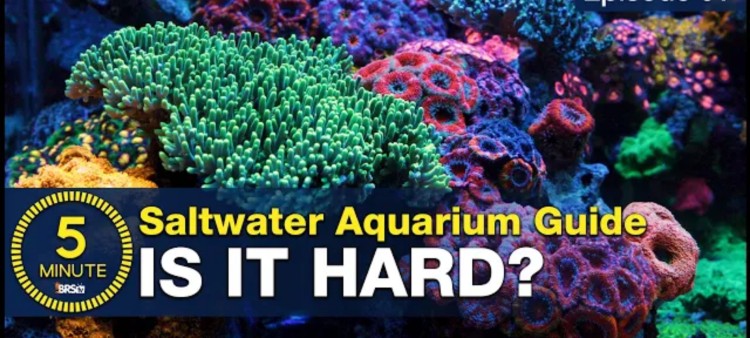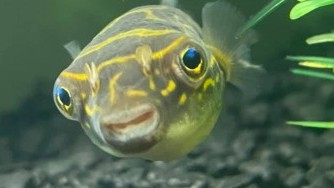Why Do Your Corals Keep Dying?
- Dec 20, 2021
- Anshika Mishra
- 280 0 0

Unless you follow all the best practices perfectly, which is in reality, none of us, chances are that you will run into a phase where the corals don't look so great, may even lose some tissues, and after some time, may even die. This article will provide you with the knowledge to avoid it in a vast majority of cases.
Water Parameter
Water parameters may be the reason for a variety of corals showing issues at the exact same time. There is four-parameter we'd look at in this sequence:
Salinity
Salinity is number one because when salinity is off, everything is off. If it is below or above 35ppm, there might be some problems. But more than that, the wrists are increasingly high. Reducing salinity is just removing some saltwater from the tank and replacing it with fresh RO/DI water.
To increase salinity, just ass some salt water to the tank and let the excess water evaporate. For larger increases in salinity, where the scale reads 30-25 parts per thousand, a series of larger water changes might be the best solution.
Alkalinity, Calcium, and Mangense
Alkalinity is the single most important parameter. If you maintain stable alkalinity, you will be 100 times more successful than if you don't. Right after that is calcium, and still important but magnesium to a lesser degree.
Lighting
Suppose you run into issues right when you had an otherwise healthy coral, and everything else looks good. Then, there is a high likelihood that the lighting or par is too high for that coral.
Too much light is toxic to the coral. It can kill it in a matter of days, whereas not enough light could take weeks to show signs of distress and months to die. Corals with a lack of sunlight could often stretch out to reach the morning and gradually turn brown. Corals receiving too much light could shrink up, bleach white, or close, and usually start to lose tissues.
If this happens to just a newer coral addition, then move it to a lower light area of the tank and give it many weeks to recover from moving it again. For example, suppose this happens when you add your first batch of corals or after you make a setting adjustment to your lighting. Then turn the lights down.
Just remember that the sliders are not a toy. This is life support for organisms that depends and which thrive on stability, not tweaking. Corals can adapt to most lighting as long as you leave it alone after. Every tweak you make can create a major setback with only a chance at improvement over the long run.
To make sure you are playing your game right, get a parameter.
Water Quality
Either from slow deterioration of water quality from less than stellar feeding or maintenance practices or unintentional contaminants. To identify this, start by looking at nitrate and phosphate levels. If they are sky-high, they may cause stress. But more so, just a general indication of low-quality polluted water.
Mos first year reefers are shooting for parts per million nitrate and ten to a few tenths of point phosphate in a new tank. After that, an established tank for age is less of a threat.
The bucket test is also something you can consider as well. Put a bucket of water from your tank next to a bucket of freshly mixed saltwater, and you will be able to see if the water is polluted visibly. But, again, it doesn't need to be perfect, and tests like these are solid pulses on water quality.
There are also unintended pollutants that can cause issues like lotions, oil soaps, or other residues on your hands. Aerosols used on or near the tank are a big no—any unintended pollutant. But, if the problem persists, it's time for some major water change.
Do three to four 30% water changes. If you suspect a particularly harmful accidental containment and things are getting dier and rapidly deteriorating with hardy corals like this, 50% or even 90% water changes are better than letting things deteriorate further.
In any case, if water changes solve your issue, it's time to look at the general maintenance practices, potential pollutants, and what was in the water that was stressing the coals outs, so you can avoid that in the future.
Pest, Fungus, Infections
These things often only affect a single coral or a type of coral. So, it is time to take a coral out and dip it, and afterward, look closely at what is in the water that concerns you. If you suspect a fungus or microbial infection, try using iodine-based dips.
If the infected area looks bad, you can also attempt to cut off the diseased partition to stop the progression right there.






About author